Promotional videos are king. They’re a powerful tool for brand promotion, especially for small businesses.
 by Annie Spratt (https://unsplash.com/@anniespratt)
by Annie Spratt (https://unsplash.com/@anniespratt)
But creating a promotional video that truly engages your audience? That’s a whole different ball game. It’s not just about flashy visuals or catchy music.
It’s about telling a story. Your story. It’s about connecting with your audience on a deeper level.
In this guide, we’ll show you how to do just that. We’ll walk you through the process of creating a promotional video that not only looks good but also resonates with your audience.
Whether you’re a seasoned video producer or a complete newbie, you’ll find something useful here. So grab your camera (or your smartphone), and let’s get started.
Remember, the goal is not to create a viral video. It’s to create a video that speaks to your audience and promotes your brand effectively.
Ready to dive in? Let’s go!
Understanding the Power of Promotional Videos
Promotional videos are more than just a marketing tool. They’re a way to connect with your audience, to tell your story, and to build your brand.
In today’s digital landscape, videos are everywhere. They’re on social media, on websites, in emails. And for a good reason. Videos are engaging, memorable, and shareable. They can convey complex information in a simple, digestible format.
But the real power of promotional videos lies in their ability to evoke emotions. A well-crafted video can make your audience laugh, cry, or feel inspired. And it’s these emotional connections that drive people to take action, whether it’s making a purchase, signing up for a newsletter, or sharing your video with their friends.
Knowing Your Audience and Defining Your Goals
Before you start creating your promotional video, you need to know who you’re creating it for. Who is your target audience? What are their interests, their needs, their pain points? Understanding your audience will help you create a video that resonates with them, that speaks their language, and that offers a solution to their problems.
Next, you need to define your goals. What do you want to achieve with your promotional video? Are you trying to increase brand awareness, drive traffic to your website, or boost sales? Your goals will guide your video content, style, and call-to-action.
Here are some common goals for promotional videos:
- Increase brand awareness
- Drive website traffic
- Boost product sales
- Generate leads
- Improve customer engagement
- Educate customers about a product or service
- Build a community around your brand
Remember, your goals should be specific, measurable, achievable, relevant, and time-bound (SMART).
Crafting Your Core Message and Story
Once you know your audience and your goals, it’s time to craft your core message. This is the key takeaway you want your audience to remember after watching your video. It should be clear, concise, and directly related to your goals. For example, if your goal is to increase product sales, your core message could be the unique benefits of your product.
Your promotional video should also tell a story. People love stories. They’re engaging, memorable, and emotionally resonant. Your story could be about your brand, your customers, or your product. It could be a success story, a transformation story, or a journey story.
 by Thái An (https://unsplash.com/@johnn21)
by Thái An (https://unsplash.com/@johnn21)
Remember, your story should be relevant to your audience and your core message. It should evoke emotions, create a connection, and inspire action. It should also be simple. You don’t have much time in a promotional video, so keep your story focused and straightforward.
Finally, don’t forget to include a conflict or a problem in your story. This is what makes a story interesting and relatable. It’s also what highlights the value of your product or service.
Writing an Effective Script
A well-written script is the backbone of any promotional video. It’s the blueprint that guides your video production, ensuring that your core message is clearly communicated and your story is effectively told. Start by outlining your main points, then flesh them out into a full script.
Your script should be conversational and engaging. Write as if you’re speaking directly to your audience. Use simple, everyday language. Avoid jargon and complex sentences. Remember, your goal is to connect with your audience, not to impress them with your vocabulary.
Finally, keep your script tight and focused. Every word should serve a purpose. If a sentence doesn’t support your core message or advance your story, cut it out. This will keep your video concise, engaging, and impactful.
The Basics of Video Production
Creating a promotional video involves more than just hitting the record button. There are several key elements to consider in video production. These include lighting, sound, and composition. Each of these elements plays a crucial role in the overall quality and effectiveness of your video.
Lighting sets the mood and tone of your video. It can make your video look professional or amateurish. Use natural light when possible, but don’t be afraid to use artificial light to enhance your shots. Experiment with different lighting setups to find what works best for your video.
Sound is just as important as visuals in video production. Poor audio can distract viewers and make your video seem unprofessional. Invest in a good microphone and learn how to use it properly. Also, consider the role of background music and sound effects in enhancing your video’s mood and message.
Composition refers to how you arrange elements within your shot. This includes your subject, background, and props. A well-composed shot is visually pleasing and helps to convey your message more effectively. Here are a few basic composition tips:
- Follow the rule of thirds: Imagine your shot is divided into nine equal parts by two horizontal lines and two vertical lines. Place your subject along these lines or at their intersections for a more balanced and interesting composition.
- Use leading lines: These are lines within your shot that lead the viewer’s eye towards your subject. They can be anything from a road to a fence to a row of trees.
- Pay attention to depth: Including elements in the foreground, middle ground, and background of your shot can add depth and make your shot more visually interesting.
- Keep it simple: Avoid cluttering your shot with unnecessary elements. Keep the focus on your subject and your message.
 by Jakob Owens (https://unsplash.com/@jakobowens1)
by Jakob Owens (https://unsplash.com/@jakobowens1)
DIY vs. Professional Production: Making the Right Choice
When it comes to creating promotional videos, you have two main options: Do it yourself (DIY) or hire a professional. Both options have their pros and cons, and the right choice depends on your specific needs and resources.
DIY video production can be a cost-effective option, especially for small businesses with tight budgets. With the right equipment and a bit of practice, you can create decent videos on your own. Plus, DIY videos often have a more authentic and personal feel, which can resonate with your audience.
On the other hand, professional video production can deliver higher quality results. Professionals have the skills, experience, and equipment to produce polished videos that can make your brand look more credible and professional. However, this option can be quite expensive, and you may have less control over the creative process.
Incorporating Branding into Your Video
Branding is a crucial aspect of promotional videos. It’s not just about slapping your logo at the start or end of the video. It’s about consistently incorporating your brand’s identity throughout the video.
Think about your brand’s colors, fonts, and overall aesthetic. These elements should be reflected in your video. For instance, if your brand is fun and playful, your video should also be fun and playful. If your brand is more serious and professional, your video should reflect that tone.
Remember, your promotional video is an extension of your brand. It should feel like a natural part of your brand’s story. By incorporating branding elements consistently, you can create a cohesive brand experience that resonates with your audience and leaves a lasting impression.
Engaging Your Viewers from the First Second
The first few seconds of your promotional video are crucial. They can make or break whether a viewer decides to stick around or click away. So, you need to make them count.
Start with a strong hook that grabs your viewer’s attention. This could be a surprising fact, a compelling question, or a bold statement. The goal is to pique curiosity and create a desire to see what happens next.
Remember, you’re not just competing with other promotional videos. You’re competing with all the other content vying for your audience’s attention. So, make sure your opening is strong enough to stand out from the crowd and keep your viewers engaged.
“ by Matthew Kwong (https://unsplash.com/@mattykwong1)”
by Matthew Kwong (https://unsplash.com/@mattykwong1)”
Keeping the Momentum: Tips to Retain Viewer Interest
Once you’ve hooked your viewers, the next challenge is to keep them engaged. This is where the meat of your content comes in. Your video should deliver on the promise made in the opening, providing valuable and interesting content.
One way to keep viewers engaged is by using a storytelling approach. People naturally connect with stories, and they can help make your content more relatable and memorable. Whether it’s a customer success story or a behind-the-scenes look at your business, a good story can keep viewers hooked.
Another tip is to keep your video dynamic. This could mean using different camera angles, incorporating graphics or animations, or varying the pace of your video. Variety can help maintain interest and prevent your video from becoming monotonous.
Calls-to-Action: Guiding Your Audience to the Next Step
A promotional video isn’t just about sharing information. It’s also about guiding your viewers to take a specific action. This is where a strong call-to-action (CTA) comes in. Your CTA should be clear, concise, and compelling, encouraging viewers to take the next step.
The placement of your CTA can also make a big difference. While it’s common to include a CTA at the end of the video, don’t be afraid to sprinkle CTAs throughout your video. This can be particularly effective if your video is longer or covers multiple topics.
Remember, your CTA should align with the goals of your promotional video. Whether it’s to visit your website, sign up for a newsletter, or make a purchase, make sure your CTA clearly guides viewers towards this goal.
Editing for Engagement: Techniques and Tools
Editing is where the magic happens in video production. It’s where you can transform raw footage into a compelling story that captivates your audience. But remember, the goal is to keep your viewers engaged, not to show off your editing skills.
 by ThisisEngineering (https://unsplash.com/@thisisengineering)
by ThisisEngineering (https://unsplash.com/@thisisengineering)
Use cuts wisely. They can help maintain a fast pace and make your video more dynamic. But too many can be disorienting. Also, consider using transitions to smoothly move from one scene to another.
Lastly, don’t forget about sound. Good sound design can greatly enhance the viewing experience. Use background music to set the mood, sound effects to emphasize key moments, and clear voiceovers to deliver your message. There are plenty of free and paid tools available to help you with editing, so find one that suits your needs and start experimenting.
Promoting Your Video: Strategies for Maximum Reach
Once you’ve created your promotional video, it’s time to get it in front of your audience. But how do you ensure it reaches as many people as possible? The answer lies in a well-planned promotion strategy.
First, leverage your existing channels. Share your video on your website, social media platforms, and email newsletters. Don’t forget to encourage your followers to share it too. This can significantly increase your video’s reach.
Next, consider these strategies:
- Collaborate with influencers or other businesses to expand your reach.
- Use SEO strategies to make your video more discoverable.
- Run paid advertising campaigns on platforms like Facebook and YouTube.
- Use your video in email marketing campaigns to increase click-through rates.
Remember, the key to a successful promotion strategy is to understand where your audience is and how they consume content. Tailor your strategy accordingly.
Measuring Success: Analytics and Feedback
Creating a promotional video is only half the battle. The other half is measuring its success. This is where analytics and feedback come into play.
Analytics can provide valuable insights into how your video is performing. Look at metrics like view count, watch time, and engagement rate. These can tell you if your video is resonating with your audience. Also, pay attention to the click-through rate of your call-to-action. This can indicate if your video is effectively driving your desired action.
Feedback, on the other hand, can give you a more qualitative understanding of your video’s impact. Listen to what your audience is saying in the comments section or on social media. Their feedback can help you improve your future videos. Remember, video marketing is a continuous process of learning and improving.
The Continuous Journey of Video Marketing
Creating engaging promotional videos is not a one-time task. It’s a continuous journey that requires constant learning, experimenting, and adapting. As you create more videos, you’ll get better at understanding what works for your audience and what doesn’t.
Remember, the goal is not just to create a video, but to create a video that resonates with your audience and drives your desired action. So, keep experimenting, keep learning, and keep improving. The world of video marketing is vast and exciting, and it’s waiting for you to make your mark.






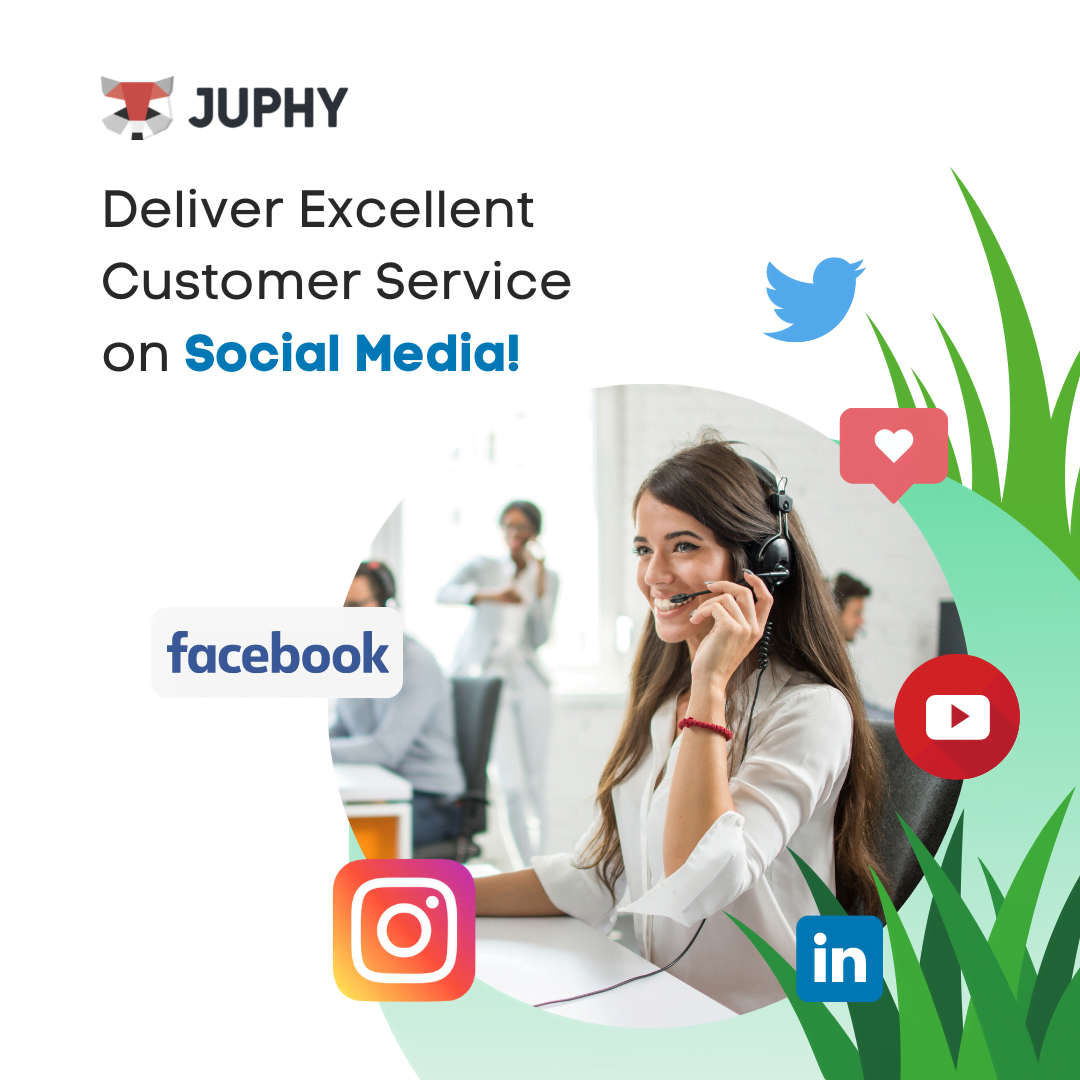

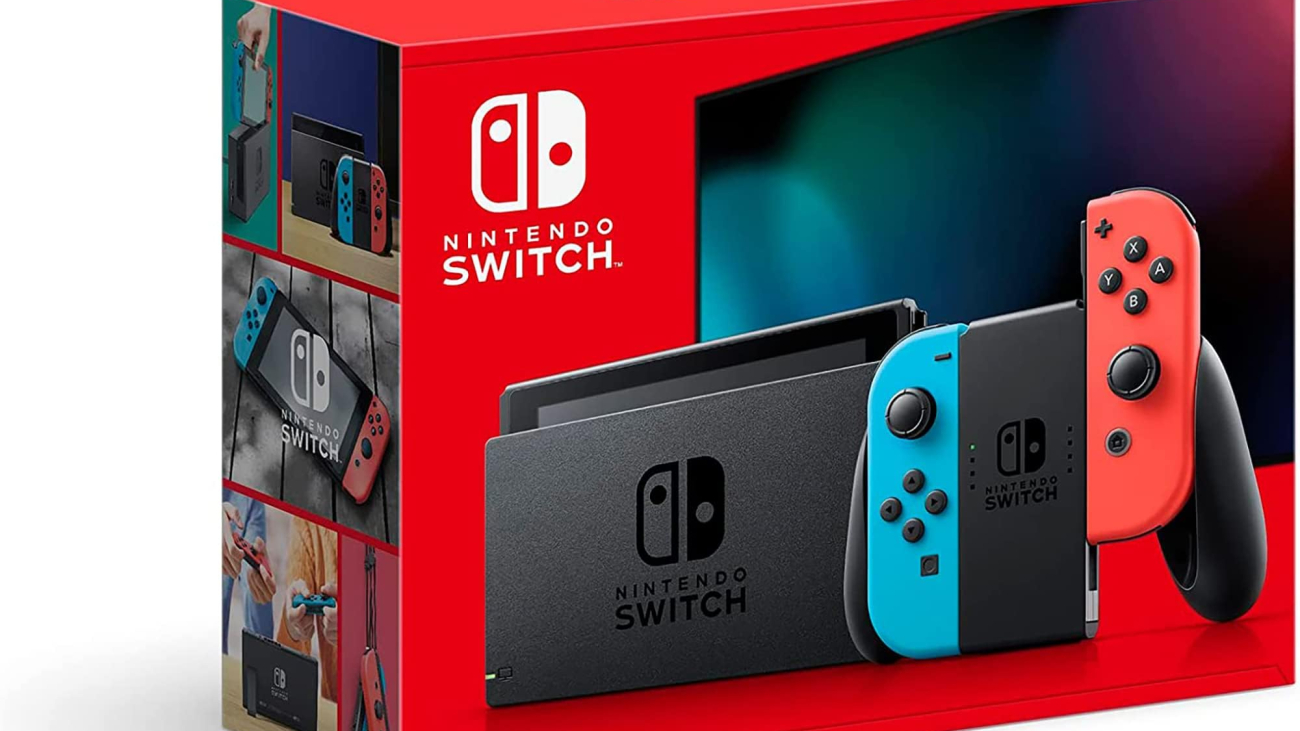
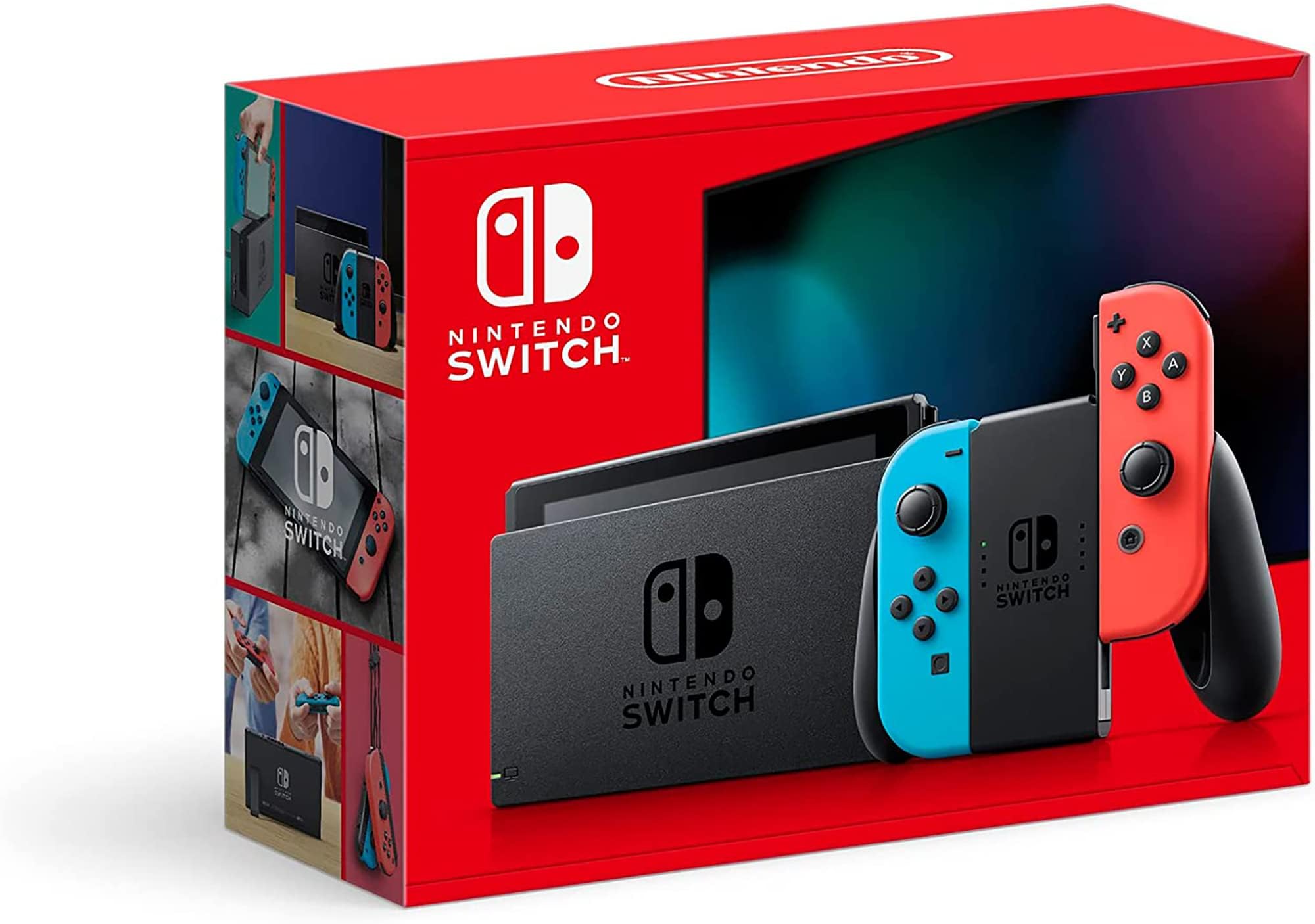






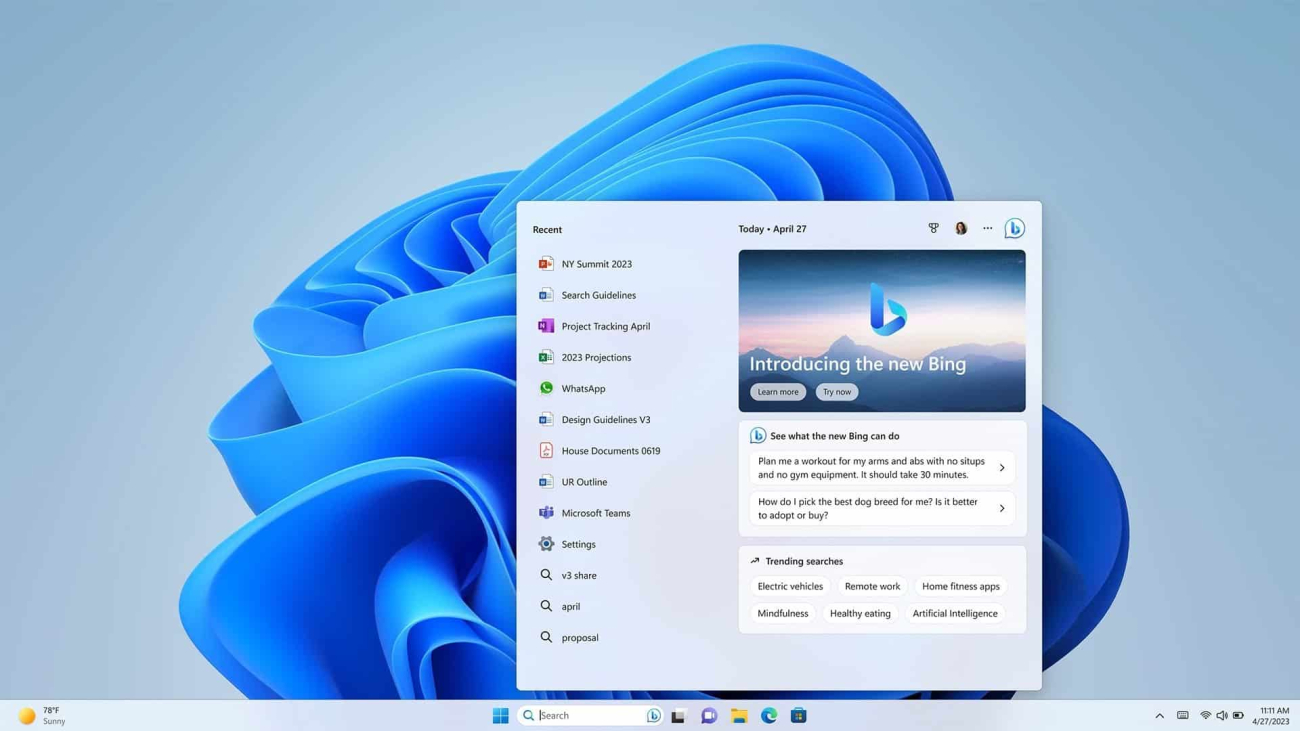
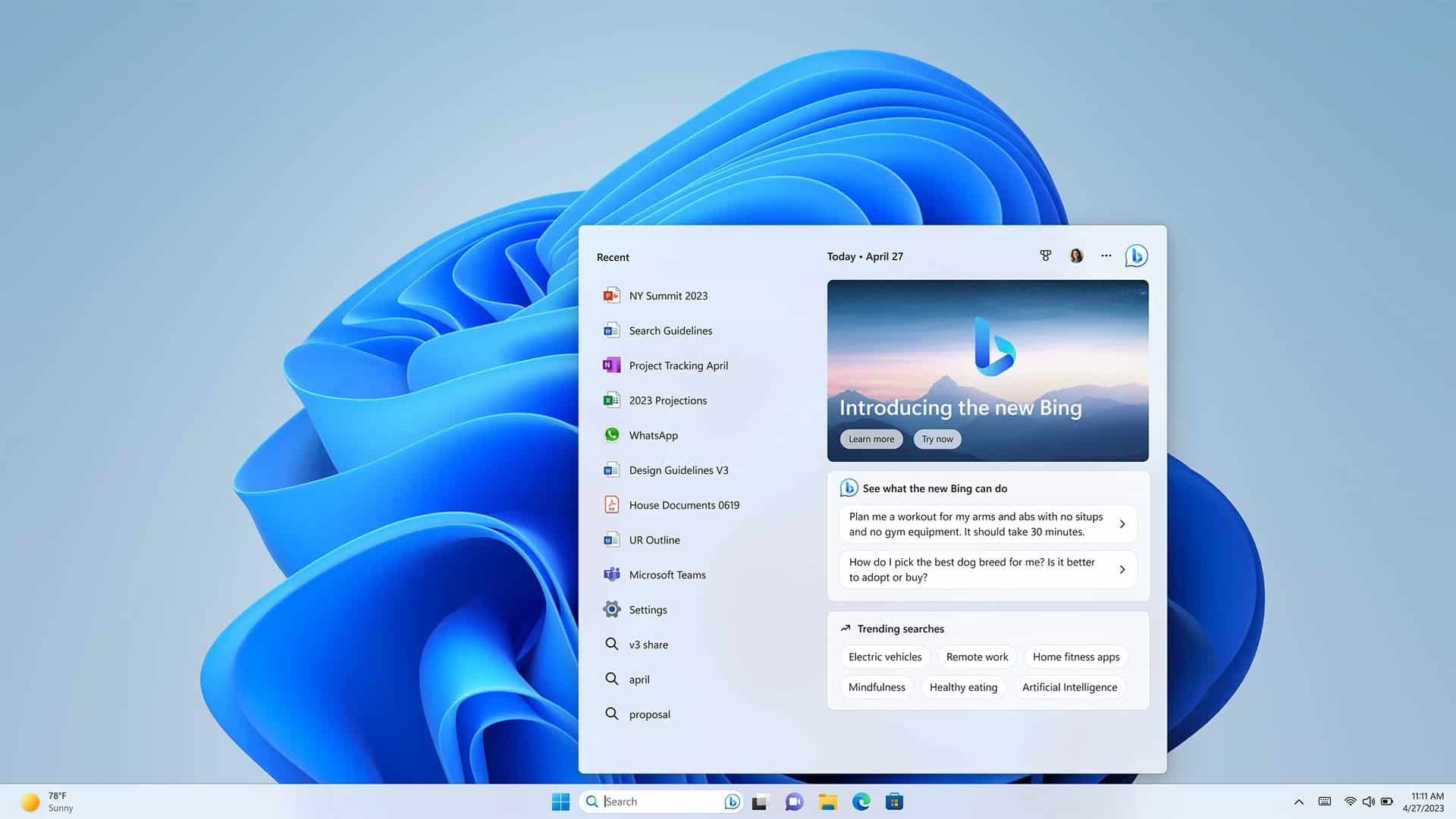




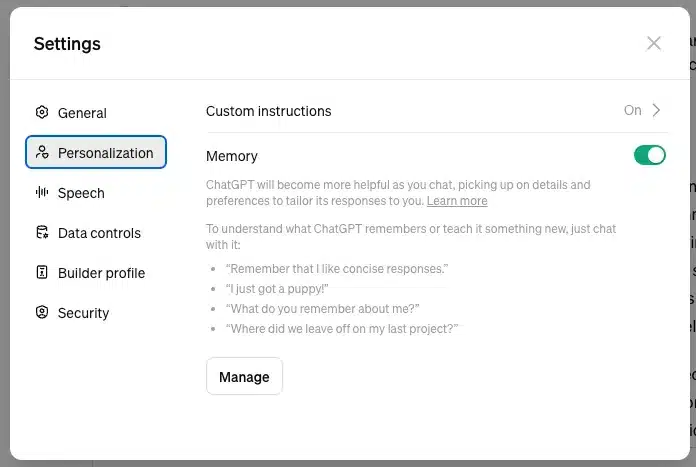


 by Annie Spratt (https://unsplash.com/@anniespratt)
by Annie Spratt (https://unsplash.com/@anniespratt) by Thái An (https://unsplash.com/@johnn21)
by Thái An (https://unsplash.com/@johnn21) by Jakob Owens (https://unsplash.com/@jakobowens1)
by Jakob Owens (https://unsplash.com/@jakobowens1) by Matthew Kwong (https://unsplash.com/@mattykwong1)”
by Matthew Kwong (https://unsplash.com/@mattykwong1)” by ThisisEngineering (https://unsplash.com/@thisisengineering)
by ThisisEngineering (https://unsplash.com/@thisisengineering)
